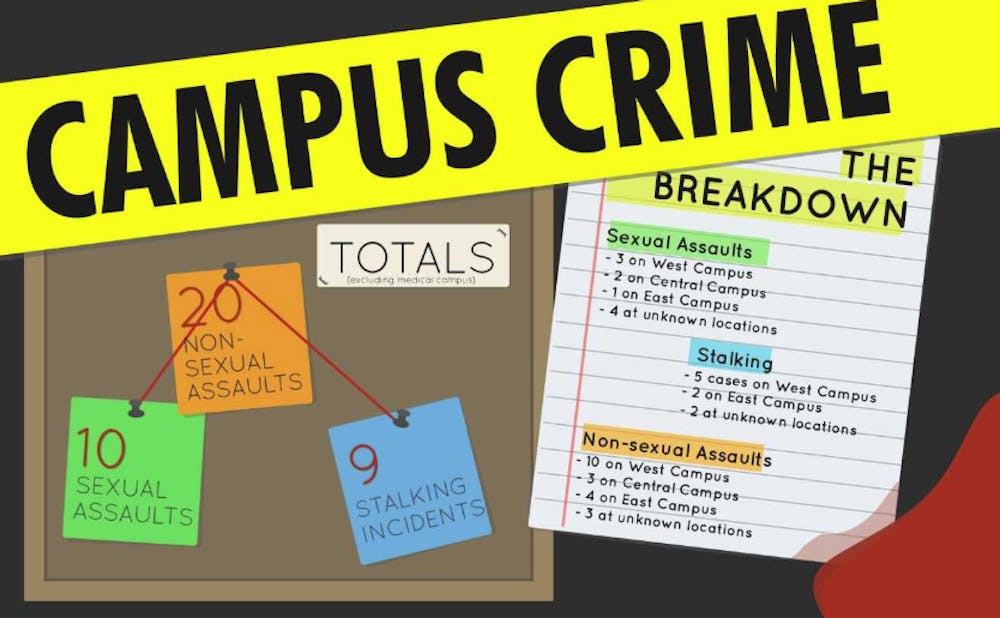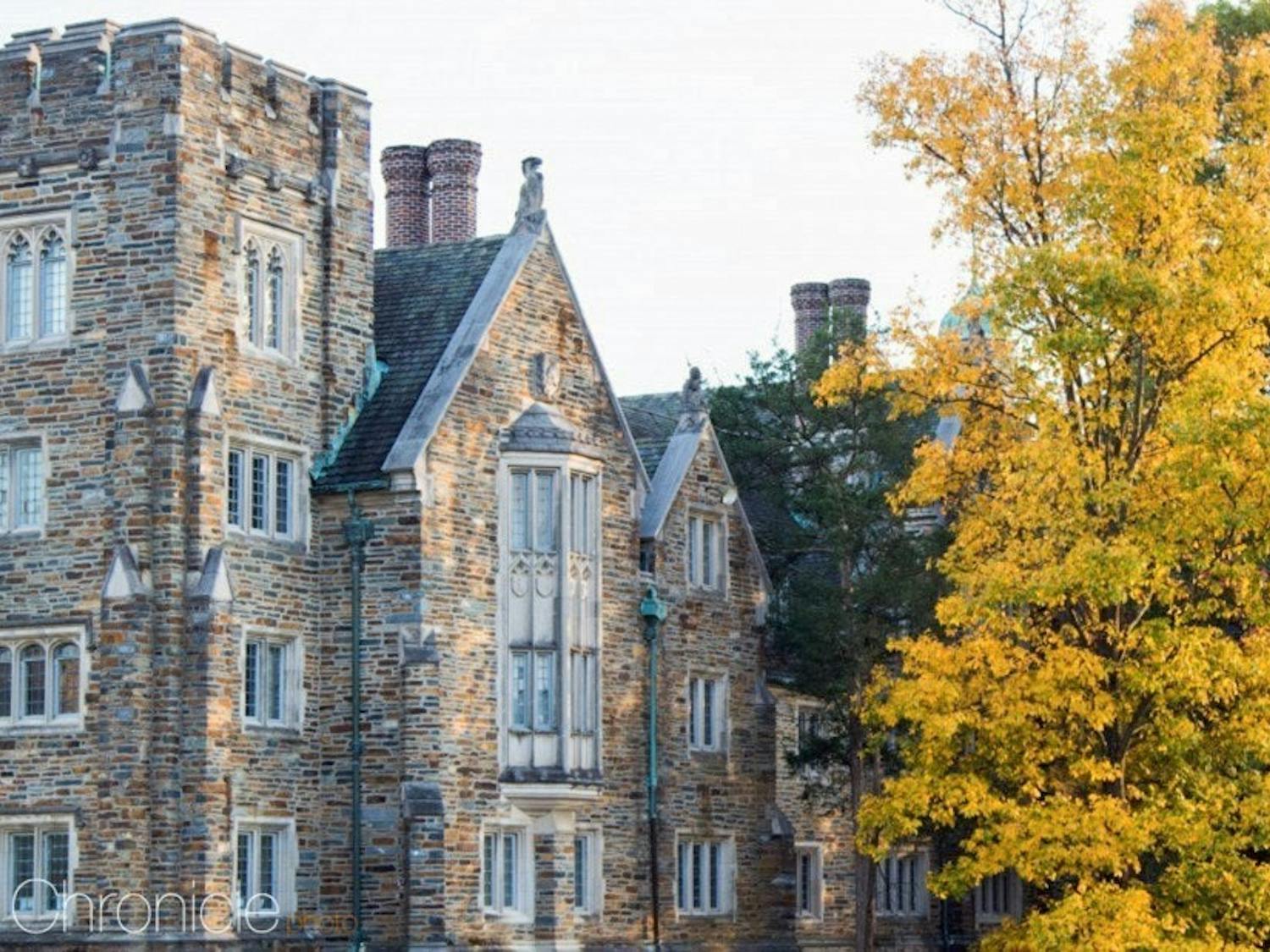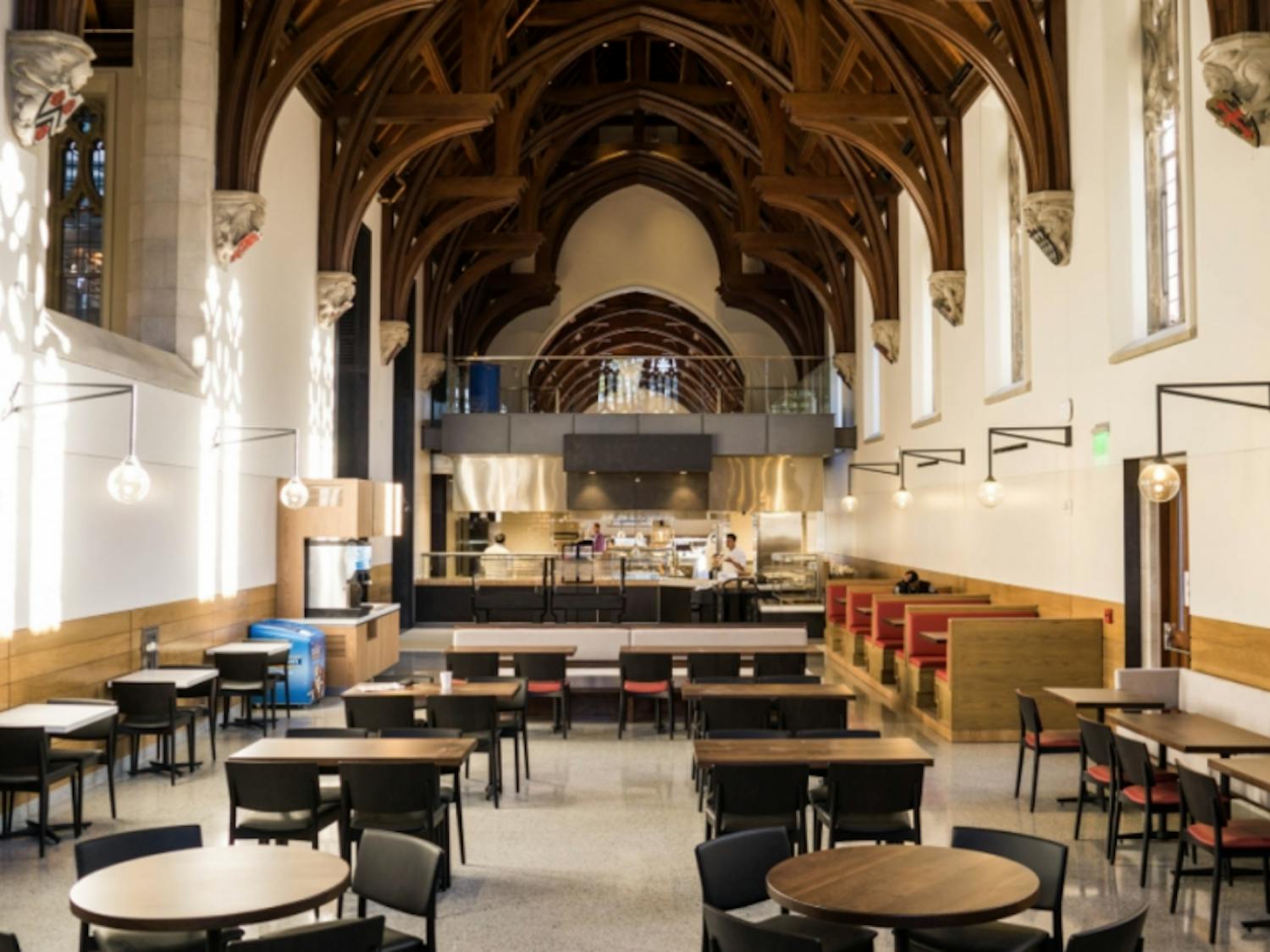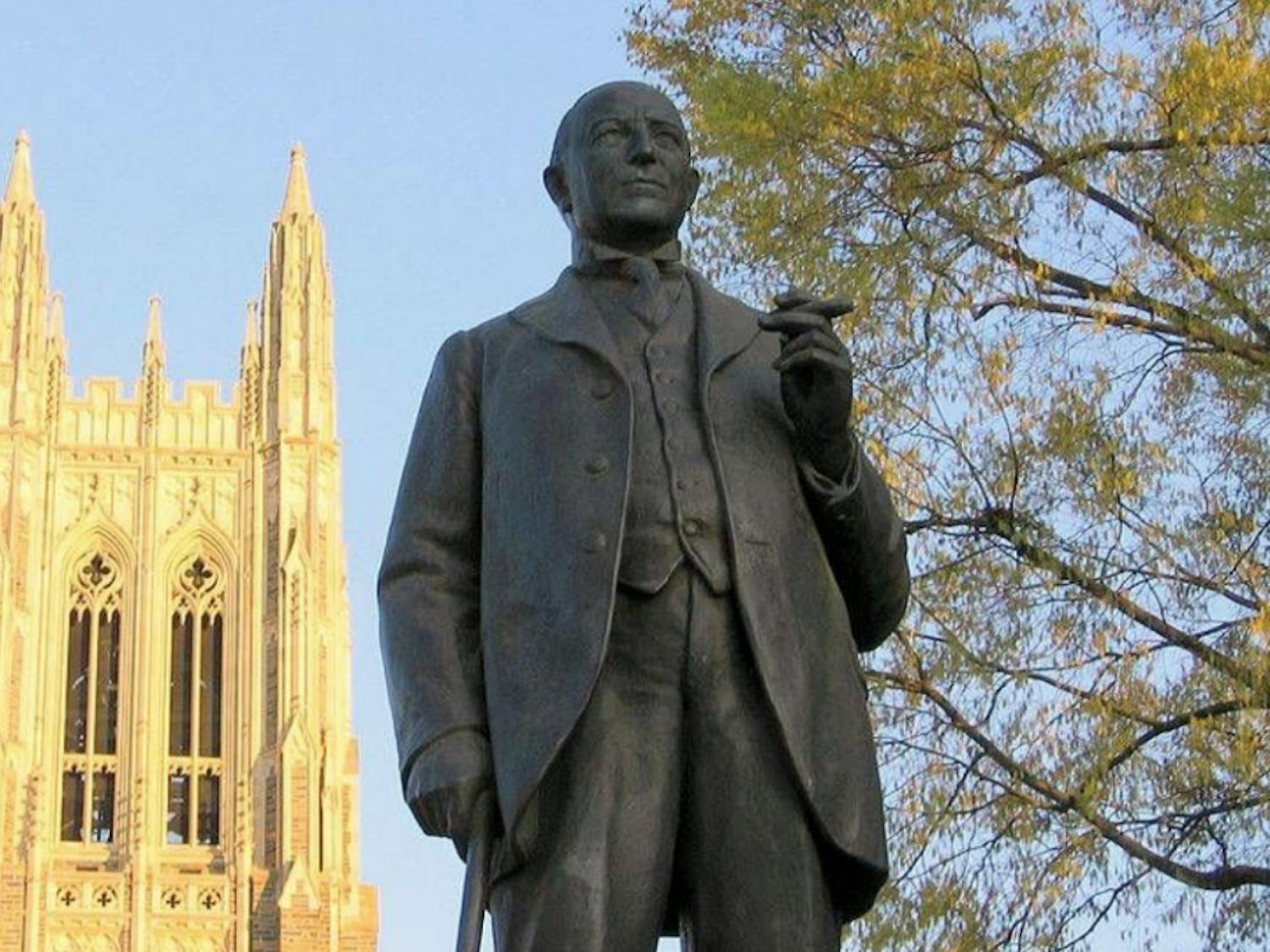Although East Campus did have a high number of crimes, Central Campus had the fewest. It is possible, however, that this is due to the high number of alcohol violations on East Campus.
However, Brown said that she believes Duke’s campus is safer overall than other colleges because it is relatively isolated.
Brown lives on Central Campus, and she said it is nerve-wracking to hear about crimes that do not get reported by Duke Alerts. At the beginning of the year, she heard that a student’s Duke ID was stolen near her apartment and her friend’s car window was smashed.
However, she said no DukeAlerts were sent out and that crime on Central is rarely reported.
Senior Elizabeth Speed, vice president for campus life for Duke Student Government, said she believes that most crime occurs on Central Campus parking lots. However, the data does not back this up—motor vehicle crimes were more prevalent on West Campus.
“This is likely because each Central Campus house has vehicle access, making it easy for someone to enter and exit areas where students live," she wrote. "Additionally, Central Campus faces Erwin Road, which has a lot of non-Duke traffic."
Sophomore Cameron Rosen added that she believes sexual assault is the most common crime on campus because such assaults are more likely to go unreported. DUPD's weekly crime logs and annual reports would not pick up those incidents.
Improving safety
Brown often drives to Perkins Library to study a few times a week because of the unreliability of the CCX bus. But after studying in Perkins, she always feels nervous walking to the Allen Lot because the path is not well-lit and the parking spaces are tucked behind buildings.
She always calls a friend when leaving Perkins and does not hang up until she gets into her car.
“Many students who go to Perkins at night park in the Allen lot, so it makes sense to have security guards back there," she said. "I feel like that would really improve the feeling of safety on that part of campus. It would make me feel a lot safer just knowing someone is there.”
Better lighting would also make her feel safer, Brown said. Central Campus and the Allen Lot are poorly lit, she noted, and Campus Drive is extremely dark at night. She said she feels safe walking around by herself at night on West Campus—but the same is not true for Central Campus.
Brown also said she thinks having security cameras in front of residential areas is a smart idea to help identify intruders. She would not view the security cameras as an invasion of privacy.
She referenced the September 29, 2017 DukeAlert about a middle-aged man who broke into a girl’s dorm room. She believes security cameras would have helped identify the individual and that the Duke Alert was released late and lacked detail.
“I feel like the way the DukeAlert came out was nonchalant, and there was never any follow up," Brown said. "I felt like it was not very thorough, and the students that live on West definitely deserved more information than that so that they could try to prevent something like that from happening again."
Cavanaugh stated that DukeAlerts follow prescribed federal guidelines. According to the 2016 Handbook for Campus Safety and Security Reporting, "every institution is required to immediately notify the campus community upon confirmation of a significant emergency or dangerous situation occurring on the campus that involves an immediate threat to the health or safety of students or employees."
It also states that the notifications must come out "without delay" after confirming a dangerous situation exists.
Speed agreed that, even if security cameras might not prevent crime, they would make her feel safer because cameras can provide evidence for DUPD. Rosen said that if having security cameras outside dorms will make students feel safer, then they are worth it.
In response to these concerns, Cavanaugh stated that staffing has increased on campus and that more than 1,000 security cameras have been installed within the past three years in parking garages, surfaces lots and at the entrances of the majority of buildings. He did not specify whether the cameras had been included for residential buildings, but noted that Housing and Residence Life has improved the card access system and installed new locks on Central Campus. Lighting has improved as well, he added.
Rosen lives at 300 Swift, and she said that having security guards and better lighting would make her feel safer. Often, when the Swift Express is not running, she will take the C1 back to her apartment. However, she must walk up a wooded hill from the bus stop to get to her apartment.
“I feel very unsafe walking up there because I know last year there was an assault on Swift Hill, and there have also been robberies," she said. "Especially since it’s getting dark so early, it’s 4 p.m., and I should not have to feel scared walking up the hill, but it is dark, so I do.”
Rosen said there needs to be a security guard somewhere on that hill.
“I know that my parents and friends will be relieved if I have a safe way to walk home," Rosen said. "Your heart starts to race, and you walk faster, and it’s not necessary to feel like that."
Despite Cavanaugh's statement, Rosen said she has not noticed an increased security presence throughout campus in general.
“In the past, DSG has conducted light and safety walks with Duke Police, students and administrators around Central Campus at night to identify spots where there is no light or students may feel unsafe in order to address any insufficiencies,” Speed wrote regarding DSG's efforts to improve safety.
Speed noted that the light walks last occurred in 2014 and 2015, and they were "successful in identifying spots on Central Campus that were not well lit and where apartments had vulnerability to public roads." Speed said she was not aware of a similar endeavor happening this year.
By Shannon Fang
|
September 25, 2018
Duke’s changing infrastructure, disparity in housing amenities and large proportion of students in selective living make housing reform a difficult case.
By Claire Ballentine
|
April 30, 2018
But what are these partnerships actually like and what challenges arise from working with independent restaurateurs instead of Duke employees?
And more importantly, at a time when universities are steadily increasing tuition and the public is calling for colleges to spend more on financial aid, how much value should schools really place on their dining?
By Bre Bradham
|
April 9, 2018
When you walk around the corner of Rubenstein Library that juts out toward the bus stop, the first thing you see is the towering Chapel and the statue of James B. Duke. But tucked down low on the corner itself, hidden behind purple and white blooms during the spring and summer, is a less conspicuous monument to the tobacco philanthropist—a thick gray cornerstone that reads “Duke University, Founded by James B. Duke, December 1924.”




